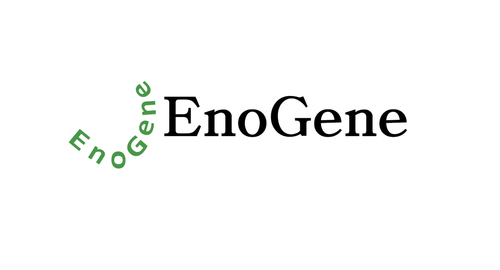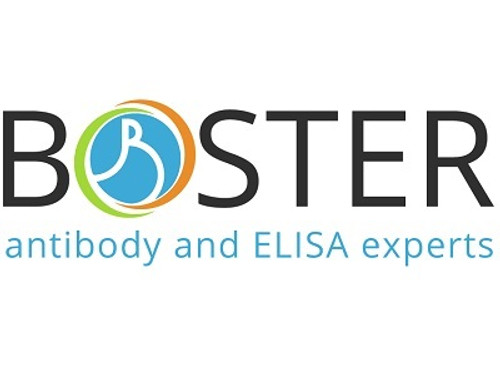Product Description
Phospho-Progesterone Receptor (Ser190) Polyclonal Antibody | BS65628 | Bioworld
Host: Rabbit
Reactivity: Mouse,Rat,Cow,
Application: WB
Application Range: WB=1:500-2000
Background: Estrogen and progesterone receptor are members of a family of transcription factors that are regulated by the binding of their cognate ligands. The interaction of hormone-bound estrogen receptors with estrogen responsive elements (EREs) alters transcription of ERE-containing genes. The carboxy terminal region of the estrgen receptor contains the ligand binding domain, the amino terminus serves as the transactivation domain, and the DNA binding domain is centrally located. Two forms of estrogen receptor have been identified, ER alpha and ER beta. ER alpha and ER beta have been shown to be differentially activated by various ligands. The biological response to progesterone is mediated by two distinct forms of the human progesterone receptor (hPR-Aand hPR-B), which arise from alternative splicing. In most cells, hPR-B functions as a transcriptional activator of progesterone-responsive gene, whereas hPR-A function as a transcriptional inhibitor of all steroid hormone receptors.
Storage & Stability: Store at 4°C short term. Aliquot and store at -20°C long term. Avoid freeze-thaw cycles.
Specificity: Phospho-Progesterone Receptor (Ser190) Polyclonal Antibody detects endogenous levels of Phospho-Progesterone Receptor protein only when phosphorylated at Ser190
Molecular Weight: 110 kD/ 120kD
Note: For research use only, not for use in diagnostic procedure.
Alternative Names: PGR (phospho S190) ; NR3C3; Nuclear receptor subfamily 3 group C member 3; PGR; PR; PRA; PRB; Progesterone receptor; Progestin receptor form A; Progestin receptor form B; PRGR_RAT.
Immunogen: KLH conjugated Synthesised phosphopeptide derived from rat Progesterone Receptor around the phosphorylation site of Ser190
Conjugate: Unconjugated
Modification: Phosphorylation
Purification & Purity: affinity purified by Protein A
Pathway:
 Euro
Euro
 USD
USD
 British Pound
British Pound
 NULL
NULL

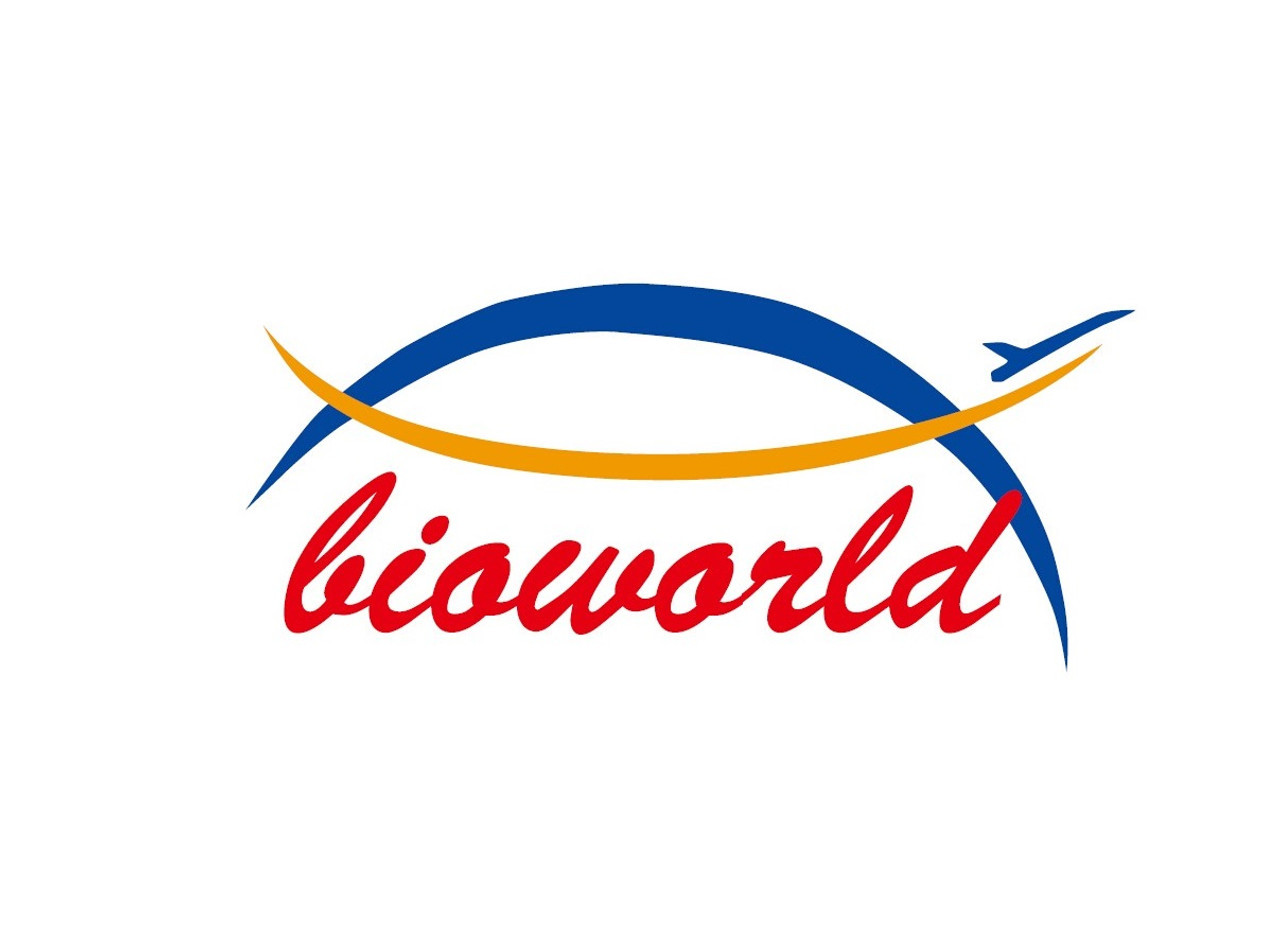



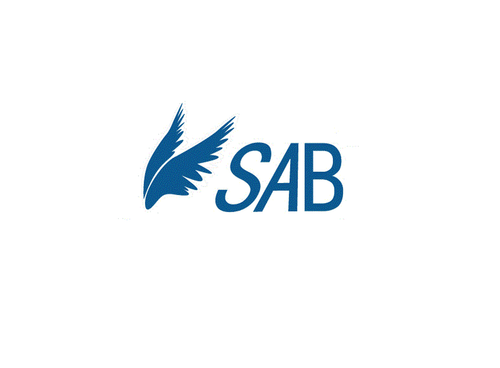
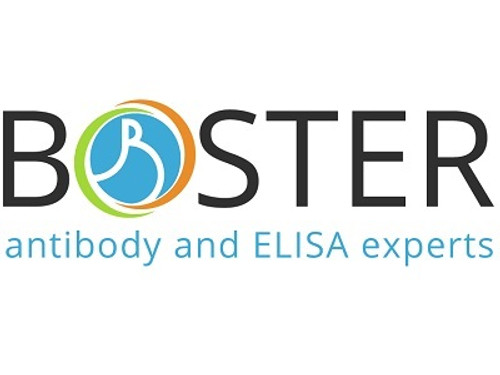


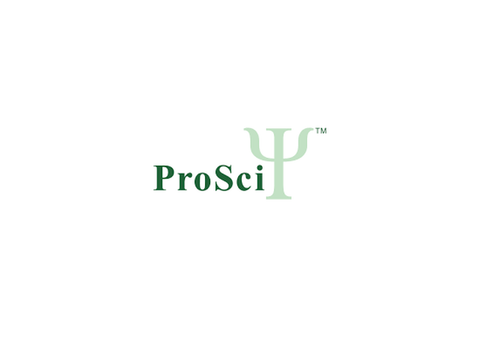
![Progesterone Receptor (phospho Ser190) Antibody [1154] Progesterone Receptor (phospho Ser190) Antibody [1154]](https://cdn11.bigcommerce.com/s-452hpg8iuh/images/stencil/500x659/products/553254/761199/porsci_lo__79508.1648973713__76126.1649086185.png?c=2)
